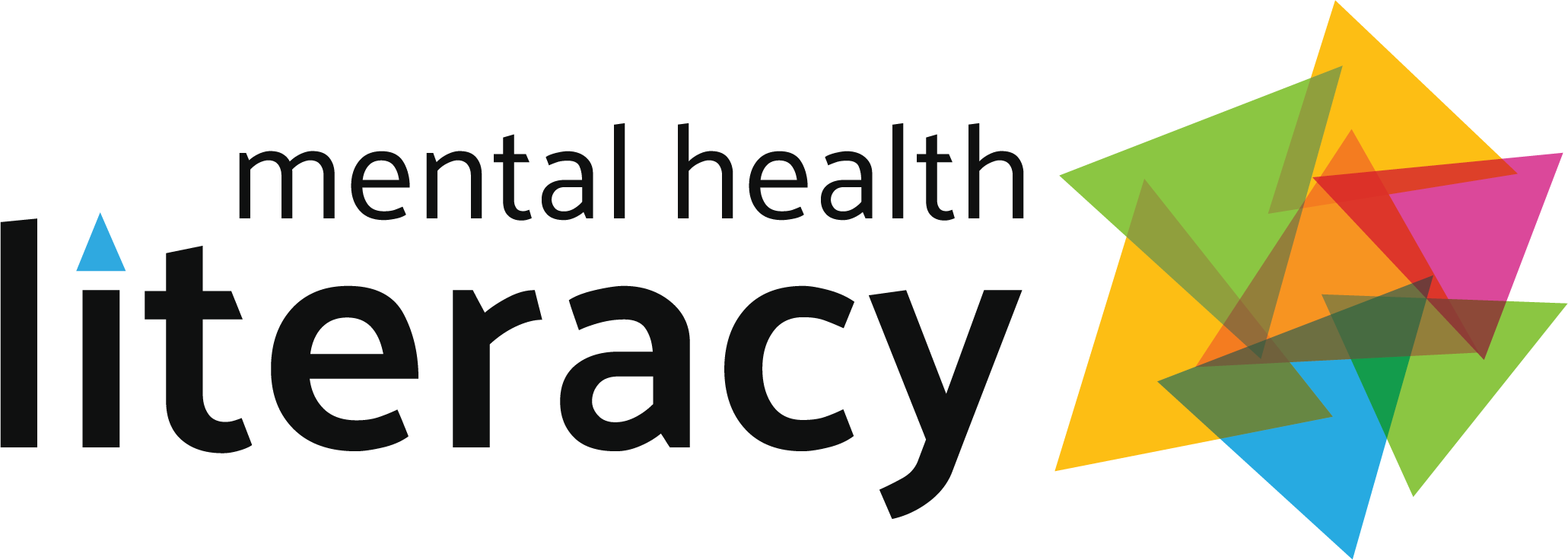W hen we wake up in the morning, few if any of us think about what we will do to avoid a brain injury that day, however, many of the activities we perform on a daily basis generate a possibility of accidentally damaging our brain. These include activities such as playing sports, driving a car, walking down stairs or biking/rollerblading/riding to school. While most of us will not be involved in an accident or get hurt during an activity that results in a brain injury, it’s important that we are aware of the possibility so we don’t unknowingly put ourselves in situations of high risk.
You can decrease your chances of brain injury by doing a few simple and common sense things: wear your seat belt in a car, wear a helmet on a bicycle, wear proper sports equipment, and don’t drink and drive.
Suffering a brain injury can be a life-altering experience and can lead to many developmental problems in the future. The severity and characteristics of a brain injury depend on where the damage has happened in the brain.
If you get hit on the head and feel that something is not right, go to your family doctor and get checked out. Remember, you do not need to have a concussion or lose consciousness to have a mild brain injury. If you are playing sports and get whacked on the head, take some time to make sure you’re okay before going back into the game. If you’re unsure whether you’re okay or not, do not go back to play. It is much better to miss playing time than run the risk of a brain injury.
Having a brain injury means the brain has been damaged. Brain injuries fall under two main categories: traumatic and non-traumatic.
- Traumatic brain injury: This is caused by something external like a blow/hit to the head or when something penetrates the skull. A concussion is an example of this kind of injury.
- Non-traumatic brain injury: This type of injury occurs naturally in the brain, it’s not caused by a hit or blow to the head. A brain infection, tumour or stroke are example of this type of brain injury.
If you’re asking yourself this question,you need to see your doctor. If you experience any of the following signs and symptoms (listed below) after a bump on the head then it’s vital that you see a doctor as soon as possible. If you are playing a game or engaged in another kind of activity – stop what you are doing. Don’t go back until you have had a proper check up.
- Headaches
- Irritable
- Sleeping Problems
- Depression
- Mood Swings
- Confusion
- Dizziness
- Vomiting
- Loss of Consciousness
- Ringing in Ears
If you think someone may have suffered a brain injury but they seem fine, it’s important to keep an eye on them because sometimes the signs and symptoms may not be seen for a day or two following the initial blow to the head.
- Wear a helmet while playing sports where it is required. For example: hockey, biking, snowboarding, lacrosse, baseball, football, skiing, etc.
- Don’t drink and drive
- Play sports responsibly – don’t play in a manner that will injure yourself or others
- Be aware of your surrounding (e.g. stairs, slippery or unstable floor, traffic, etc.)
- The most important thing during your recovery period is to follow your doctor’s instructions and advice
- Have patience, recovery takes time
- Stay positive and never give up on getting better
- Focus on what you can do today
- Try not to compare yourself to how you were before the brain injury
- Get lots of rest
- Stay away from drugs and alcohol, they will only make things worse
Be patient, you may see changes in them that they do not. Be supportive and listen to them, but at the same time look out for them. Help them follow medical advice and ensure they are following their recovery plan.

